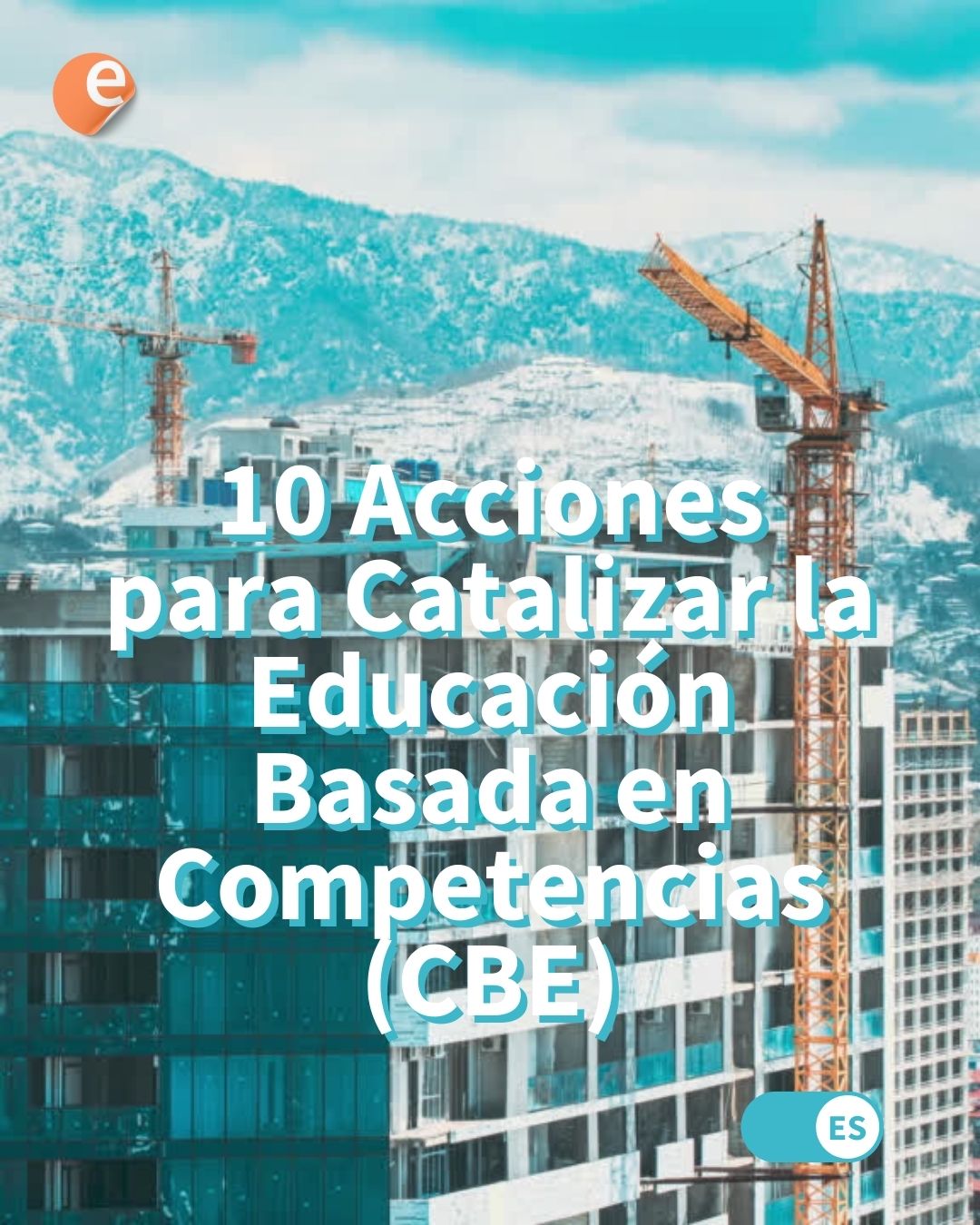Quick take: It’s not enough to punish students that plagiarize. Institutions need to build a culture of integrity that discourages cheating and promotes honesty. Learn how to do that in a few steps.
When students are part of a community in which integrity is a strong value, they are less likely to take part in dishonest behavior. To create such environment, institutions should consider plagiarism a reality and develop strategies to deal with it, using technology as an ally. Instructors can create their own classroom culture, offering students guidance and support.
1. Have an honor code

Programs and policies promoting academic integrity through an institution improve students’ behavior. In campuses with strong, well-implemented honor codes, new students will notice significantly less cheating than on non-code campuses, and as a result, begin to internalize this new community ethic. Even better, studies indicate that honor codes can have a long-term effect, having a positive influence in future workplace behavior. Instructors can also create a classroom honor code, placing appropriate responsibilities and obligations on students.1

2. Teach students to write better

Unintentional cheating is often caused by a lack of understanding around using proper citation and paraphrasing. Teaching students how to research and become better writers can be the key to ignite their passion for learning and find their own voice. In order for this to happen, institutions should integrate writing in the curriculum.

3. Allow students to correct their own work

By allowing draft submissions through plagiarism detection tools, students can make the necessary changes and enhancements to their work before submitting the final version of an assignment. This practice increases the feedback loop for students and helps mitigate the feeling that plagiarism detection software is meant to punish rather than help them. Instructors can also develop a “writing zone” by having assignments with an unlimited number of submissions. This provides students with a space they can always go to in order to check their work for originality prior to their formal assessment.

4. Support international students

In the United Kingdom, research showed that students from outside the European Union were four times more likely to plagiarize in exams and coursework. For the Quality Assurance Agency for Higher Education (QAA),2 some possible explanations include cultural differences and distinct learning styles. Language competence or proficiency, particularly where English is not the first language, can affect students’ ability to write in their own words. Therefore, developing programs and policies to support these students can help reduce plagiarism.

5. Use reflective methods

Rather than stimulating behavioral change only through sanctions, institutions should focus on policies and practices that emphasize self-reflection, inner understanding and dialogue, in an integrated manner. Nijunk Dalal, professor at the Oklahoma State University, defends that while approaches based on sanctions may bring about desired changes in behavior, it is not clear whether these changes are based on fear of punishment or rather transformative inner learning. If change comes out of fear, students may cheat again in situations where they are unlikely to be caught or punished. However, he affirms, if change comes from within, the student is unlikely to resort to illegitimate short-cuts.3

6. Develop fair forms of assessment

Being supportive with students promotes respect and reciprocity, causing them to cheat less. Instructors should develop fair and consistent grading policies and procedures, and punish transgressions in a strict, but fair and timely manner. When possible, pressure can be reduced by not grading students on a strict curve. It is important to focus on learning and not just grades, and to create interesting assignments.1

7. Make sure online students get the same treatment

Since they are not on campus, online-learning students may not receive the same kind of information regarding plagiarism as on-site students. Institutions need to find ways to communicate their policies to online students and offer them plagiarism instruction. That can be done, for example, by asking them to sign pledges that they will not cheat, or by requiring students to take a course on the subject.

8. Be clear and consistent about academic dishonesty

Institutions need to affirm the importance of academic integrity, clearly communicating their expectations about behavior that constitutes cheating. Also, it is essential to establish and communicate cheating policies and to encourage students to abide by those policies. The institution must also convince students that plagiarism will be met with strong disapproval, and that cheating is the exception on campus, not the rule. When cheating occurs, the institution must be prepared to hold students accountable, employing sanctions that have both educational and deterrence value.1
Infographic: TRiiBU Studio
Sources:
1McCabe, D. L., Trevino, L. K., & Butterfield, K. D. (2001). Cheating in Academic Institutions: A Decade of Research. Ethics & Behavior,11(3), 219-232. doi:10.1207/s15327019eb1103_2. Retrieved May 22, 2017, from http://www.middlebury.edu/media/view/257513/original/Decade_of_Research.pdf.
2QAA. (2016). Plagiarism in Higher Education – The Quality Assurance … Retrieved May 22, 2017
3Dalal, N. (2015). Responding to plagiarism using reflective means. International Journal for Educational Integrity, 11(1). doi:10.1007/s40979-015-0002-6. Retrieved May 22, 2017








